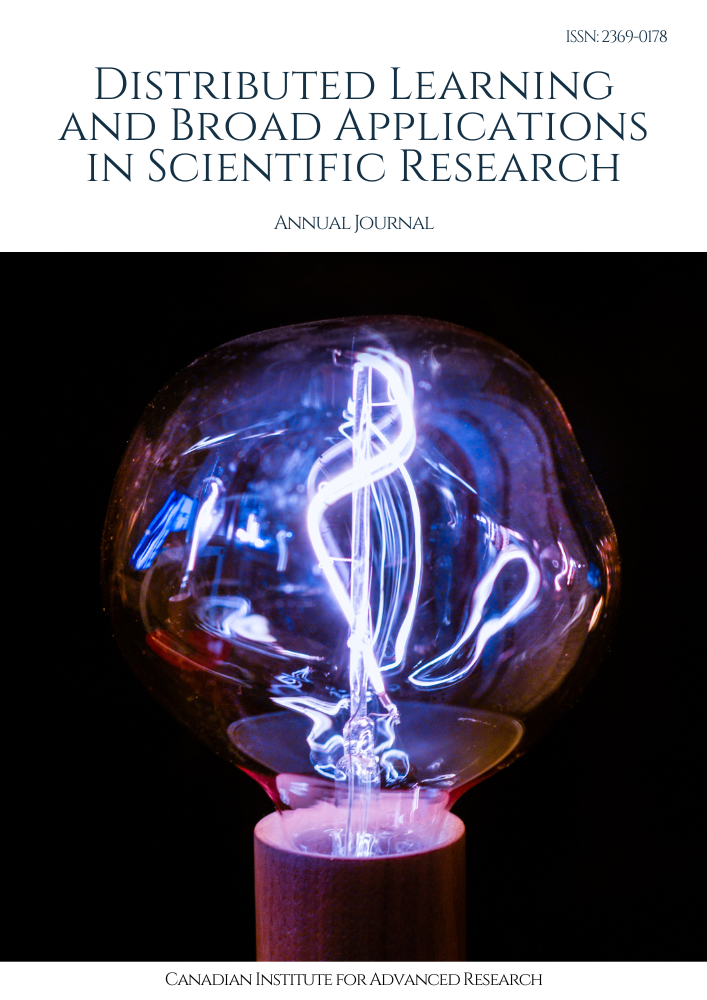Privacy-Preserving Data Collection Frameworks for Autonomous Vehicle Telemetry
Keywords:
Critical Infrastructures (CI)Abstract
Despite clear demand for this kind of real-world experience data, it is difficult to see how to sustainably and widely collect and use it. The recent debates about the role of third-party data and direct vehicle-to-government data reporting in new federal guidance for vehicle safety compliance and testing provide a leading-edge illustration of just how expensive and contentious it might be to create any kind of centralized collection infrastructure for this kind of data. In this paper, we present several privacy-preserving data collection frameworks that collect the semantics of physical-world events and aggregate the probe data inside the autonomous vehicle before transmitting them in raw form, after appropriate filtering and reduction, to a cloud-based data broker. We discuss the tradeoffs and limitations of this approach. Our protocols contribute to the formation of a marketplace to inform law enforcement, regulators, insurers, and the public about the availability, format, and prices of different types of data that are desired to produce the kind of transparency and accountability that society will expect from those that will be allowed to purchase, build, operate, and benefit from autonomous vehicle technology.
Autonomous vehicle technology holds great promise to revolutionize personal and commercial transportation and make mobility more convenient, efficient, and accessible. This promise, however, is accompanied by a host of challenges with respect to public safety, consumer trust, integration with legacy modes, insurance and liability, and cybersecurity, to name just a few. A recurring theme across many such challenges is the importance of robust, empirically-based evidence about how autonomous vehicles actually perform in the real world in order to enable law enforcement, regulators, insurers, and consumers to trust that vehicles will work as intended in a wide variety of conditions. For example, in the unfortunate event of a crash or other property damage, incident investigators will seek to understand whether the vehicle was functioning properly at the time of the event, and incident investigators, law enforcement, and autonomous vehicle manufacturers may benefit from real-world data about incidents to understand the nature of public risk and to shape responses.
Downloads
References
Perumalsamy, Jegatheeswari, Bhargav Kumar Konidena, and Bhavani Krothapalli. "AI-Driven Risk Modeling in Life Insurance: Advanced Techniques for Mortality and Longevity Prediction." Journal of Artificial Intelligence Research and Applications 3.2 (2023): 392-422.
Karamthulla, Musarath Jahan, et al. "From Theory to Practice: Implementing AI Technologies in Project Management." International Journal for Multidisciplinary Research 6.2 (2024): 1-11.
Jeyaraman, J., Krishnamoorthy, G., Konidena, B. K., & Sistla, S. M. K. (2024). Machine Learning for Demand Forecasting in Manufacturing. International Journal for Multidisciplinary Research, 6(1), 1-115.
Karamthulla, Musarath Jahan, et al. "Navigating the Future: AI-Driven Project Management in the Digital Era." International Journal for Multidisciplinary Research 6.2 (2024): 1-11.
Karamthulla, M. J., Prakash, S., Tadimarri, A., & Tomar, M. (2024). Efficiency Unleashed: Harnessing AI for Agile Project Management. International Journal For Multidisciplinary Research, 6(2), 1-13.
Jeyaraman, Jawaharbabu, Jesu Narkarunai Arasu Malaiyappan, and Sai Mani Krishna Sistla. "Advancements in Reinforcement Learning Algorithms for Autonomous Systems." International Journal of Innovative Science and Research Technology (IJISRT) 9.3 (2024): 1941-1946.
Jangoan, Suhas, Gowrisankar Krishnamoorthy, and Jesu Narkarunai Arasu Malaiyappan. "Predictive Maintenance using Machine Learning in Industrial IoT." International Journal of Innovative Science and Research Technology (IJISRT) 9.3 (2024): 1909-1915.
Jangoan, Suhas, et al. "Demystifying Explainable AI: Understanding, Transparency, and Trust." International Journal For Multidisciplinary Research 6.2 (2024): 1-13.
Krishnamoorthy, Gowrisankar, et al. "Enhancing Worker Safety in Manufacturing with IoT and ML." International Journal For Multidisciplinary Research 6.1 (2024): 1-11.
Perumalsamy, Jegatheeswari, Muthukrishnan Muthusubramanian, and Lavanya Shanmugam. "Machine Learning Applications in Actuarial Product Development: Enhancing Pricing and Risk Assessment." Journal of Science & Technology 4.4 (2023): 34-65.
Downloads
Published
Issue
Section
License

This work is licensed under a Creative Commons Attribution-NonCommercial-ShareAlike 4.0 International License.
License Terms
Ownership and Licensing:
Authors of research papers submitted to Distributed Learning and Broad Applications in Scientific Research retain the copyright of their work while granting the journal certain rights. Authors maintain ownership of the copyright and have granted the journal a right of first publication. Simultaneously, authors agree to license their research papers under the Creative Commons Attribution-NonCommercial-ShareAlike 4.0 International (CC BY-NC-SA 4.0) License.
License Permissions:
Under the CC BY-NC-SA 4.0 License, others are permitted to share and adapt the work, as long as proper attribution is given to the authors and acknowledgement is made of the initial publication in the journal. This license allows for the broad dissemination and utilization of research papers.
Additional Distribution Arrangements:
Authors are free to enter into separate contractual arrangements for the non-exclusive distribution of the journal's published version of the work. This may include posting the work to institutional repositories, publishing it in journals or books, or other forms of dissemination. In such cases, authors are requested to acknowledge the initial publication of the work in this journal.
Online Posting:
Authors are encouraged to share their work online, including in institutional repositories, disciplinary repositories, or on their personal websites. This permission applies both prior to and during the submission process to the journal. Online sharing enhances the visibility and accessibility of the research papers.
Responsibility and Liability:
Authors are responsible for ensuring that their research papers do not infringe upon the copyright, privacy, or other rights of any third party. Scientific Research Canada disclaims any liability or responsibility for any copyright infringement or violation of third-party rights in the research papers.
If you have any questions or concerns regarding these license terms, please contact us at editor@dlabi.org.



